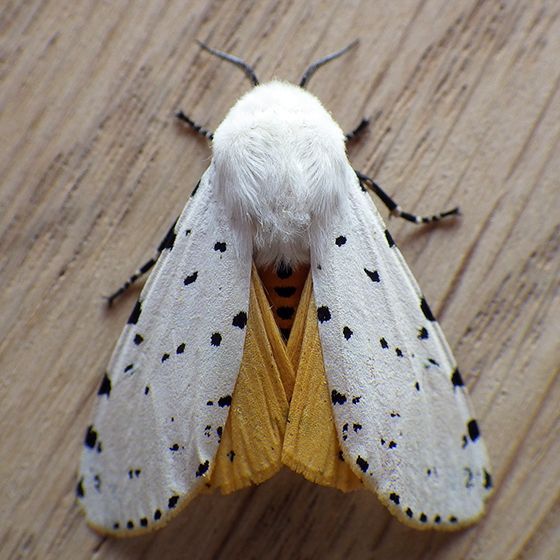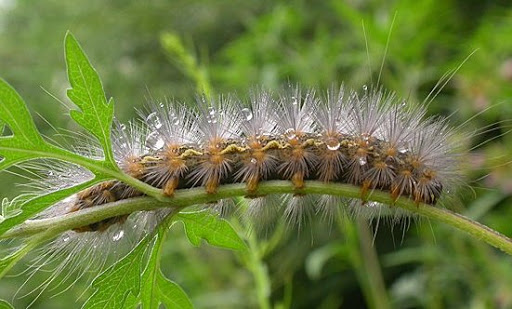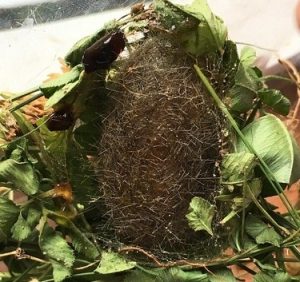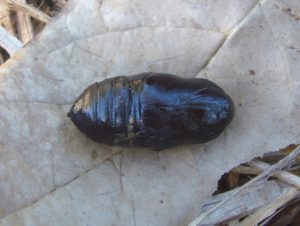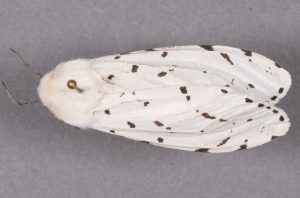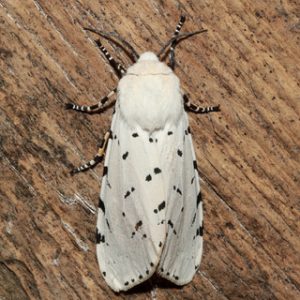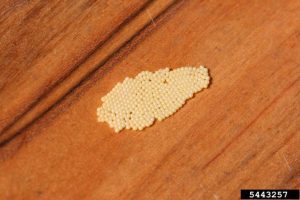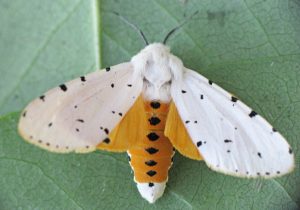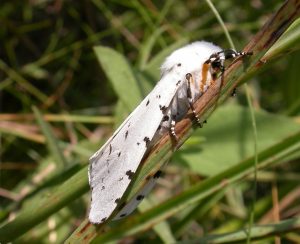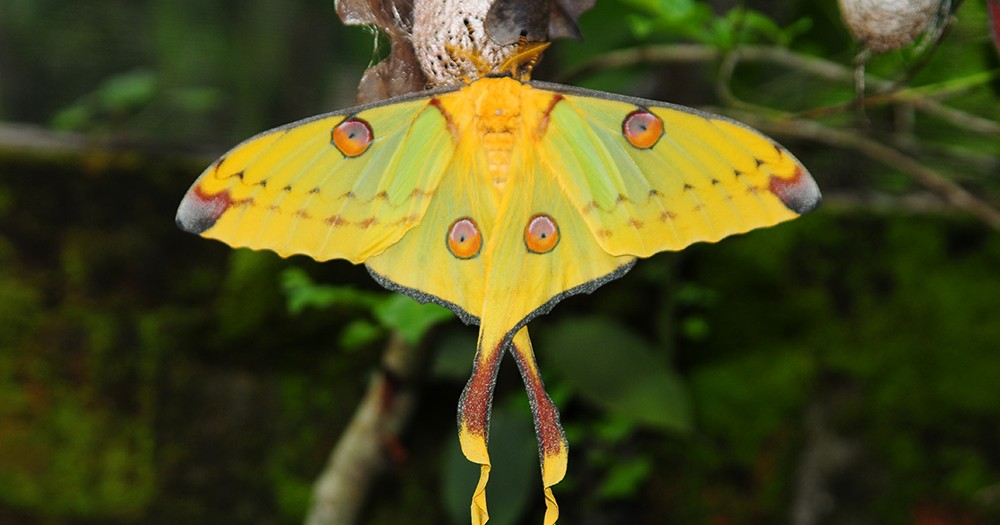Salt Marsh Moth (Estigmene acrea)
Salt marsh moth of the Erebidae family is indigenous to North America, parts of Mexico, Colombia, the Democratic Republic of Congo, and Kenya. Their common name resulted from the fact that the larvae inhabited the salt marshes adjacent to Boston. However, in actuality, it does not thrive on grass too much.
i.pinimg.com
Scientific Classification
- Family: Erebidae Moth
- Genus: Estigmene
- Scientific Name: Estigmene acrea
Description and Identification
Caterpillar
The larva is known by the name of salt marsh caterpillar, growing up to 5 cm. The entire larval stage reaches to between five and seven instars, being about 1 cm in the first instar. In the second instar, they attain longitudinal strips with their body being brown, white, or yellowish. During the third instar, their body becomes darker, reaching a length of 3 cm. By the fourth and fifth instar, they reach 5.5 cm, turning yellowish-brown or straw-colored. They have soft tufts of hair that get longer towards the end of their body but are not dense like that of the woolly bear. Hence, they do not sting and are not considered poisonous. The segments on their abdomen and thorax have some rows of black or orange warts. Each segment has a small white dot on both sides of the body. The entire larval phase lasts between 24 – 37 days.
Pupa
The pupal stage occurs within the leaf debris. The pupa is encased inside a silken, thin cocoon made from the caterpillar’s body hairs. The pupa finally attains a dark brown color, growing up to 3 cm. The entire pupal phase lasts for approximately 12 – 14 days.
Adult Moth
Sexual Dimorphism: Present (in terms of coloration)
Color and Appearance
Forewings: When opened, the forewings are white with black spots, though, in some, these spots remain absent. When closed, the coloration is the same, with fewer black spots visible.
Hindwings: When opened, it is yellowish-orange in the male species and white in their female counterparts. Only a part of their hindwings can be seen when closed, yet there is no change in the overall coloration.
Average Wingspan: 4.5 – 6.8 cm
Flight Pattern: Not recorded
Season: May-August
Quick Facts
| Other Names | Salt Marsh Tiger |
| Distribution | Parts of North America, Mexico, Colombia, Kenya, Democratic Republic of Congo |
| Habitat | Open wooded areas, farm fields, meadows, marshes, prairie grasslands |
| Predators | Lady beetles, assassin bugs, soft winged flower beetles, while tachinid flies attack larvae |
| Lifespan of Adults | Females live for 4 – 5 days; males might survive for a lesser span |
| Host Plants | Cabbage, apple, walnut, dandelion, potato, pea, tobacco, maize, clover |
| Adult Diet | Not recorded |
Did You Know
- The salt marsh moth has four subspecies, namely Estigmene acrea acrea, Estigmene acrea arizonensis, Estigmene acrea Mexicana, and Estigmene acrea Columbiana.
- British collector and entomologist Dru Drury described it for the first time in 1773.
Scientific Classification
- Family: Erebidae Moth
- Genus: Estigmene
- Scientific Name: Estigmene acrea

